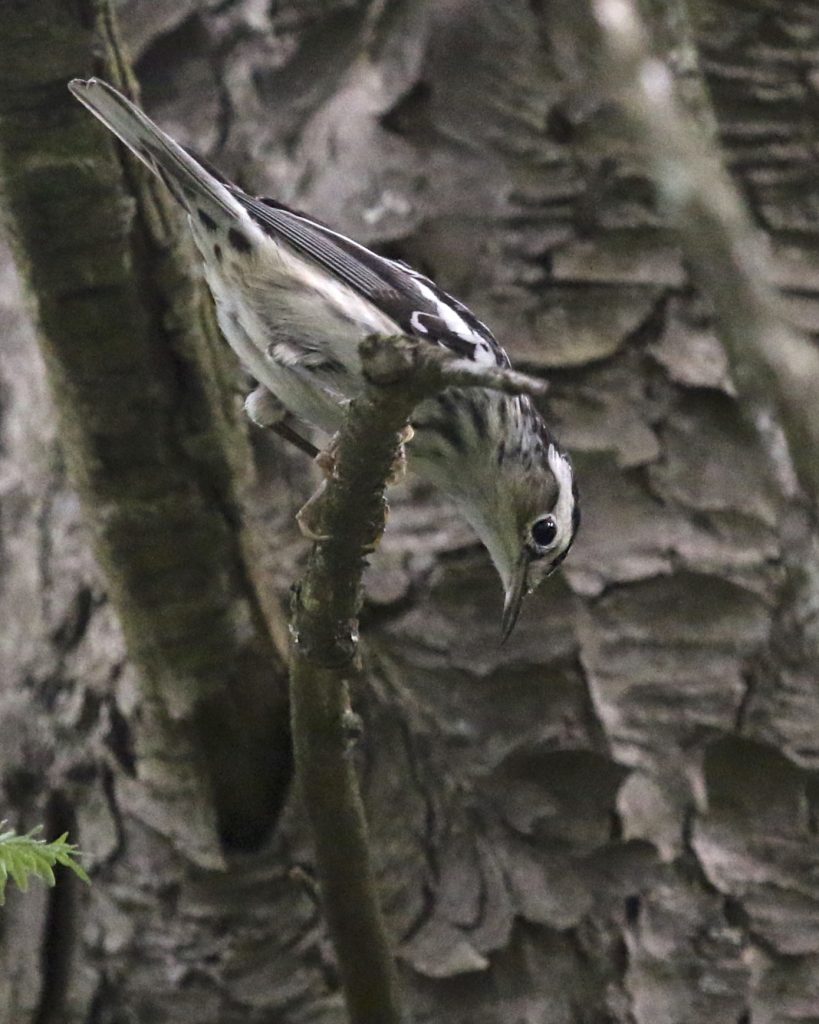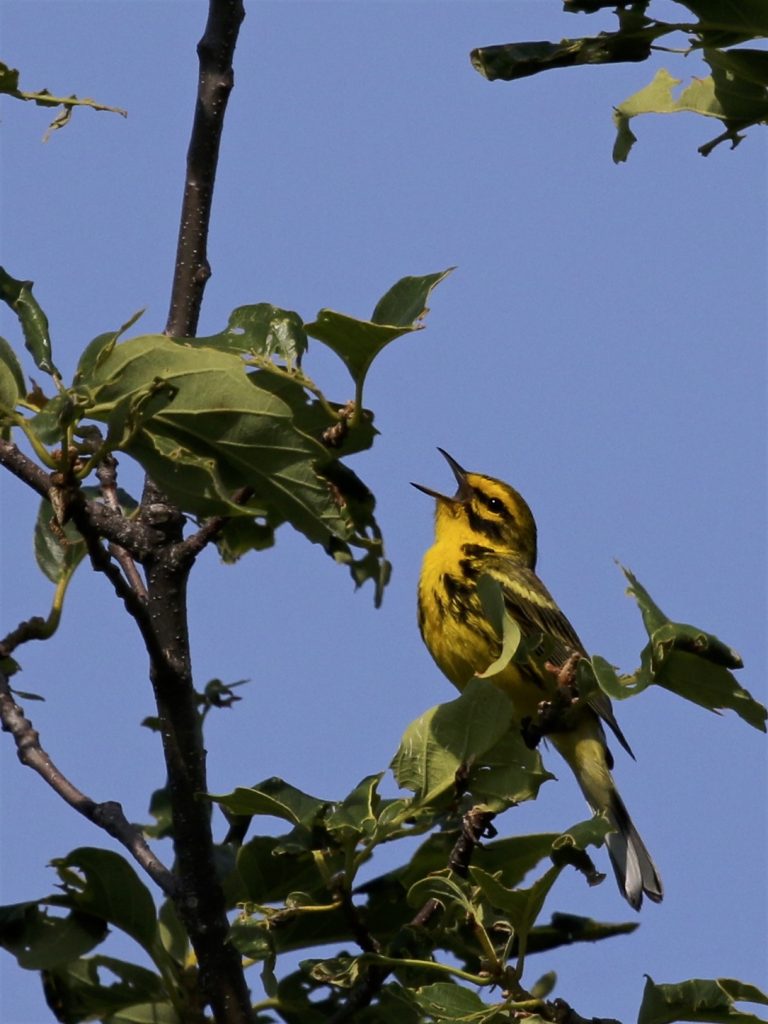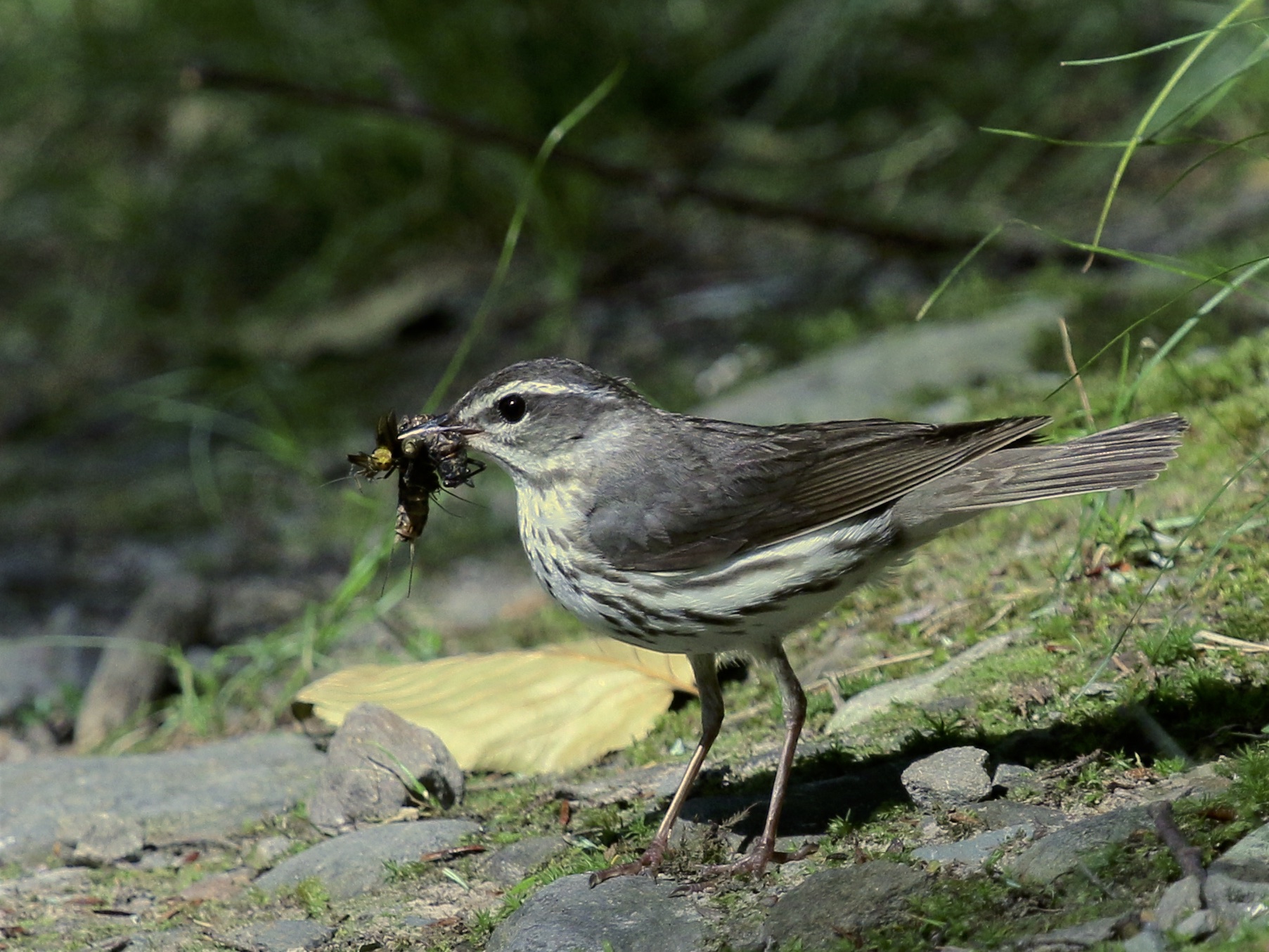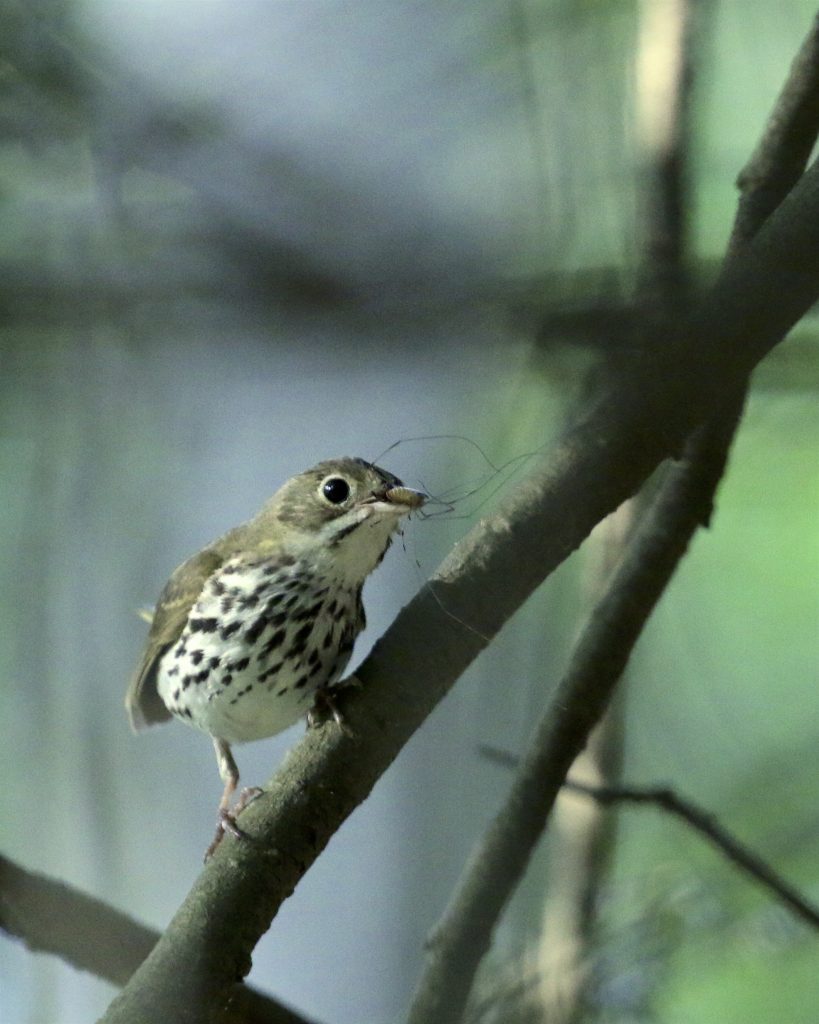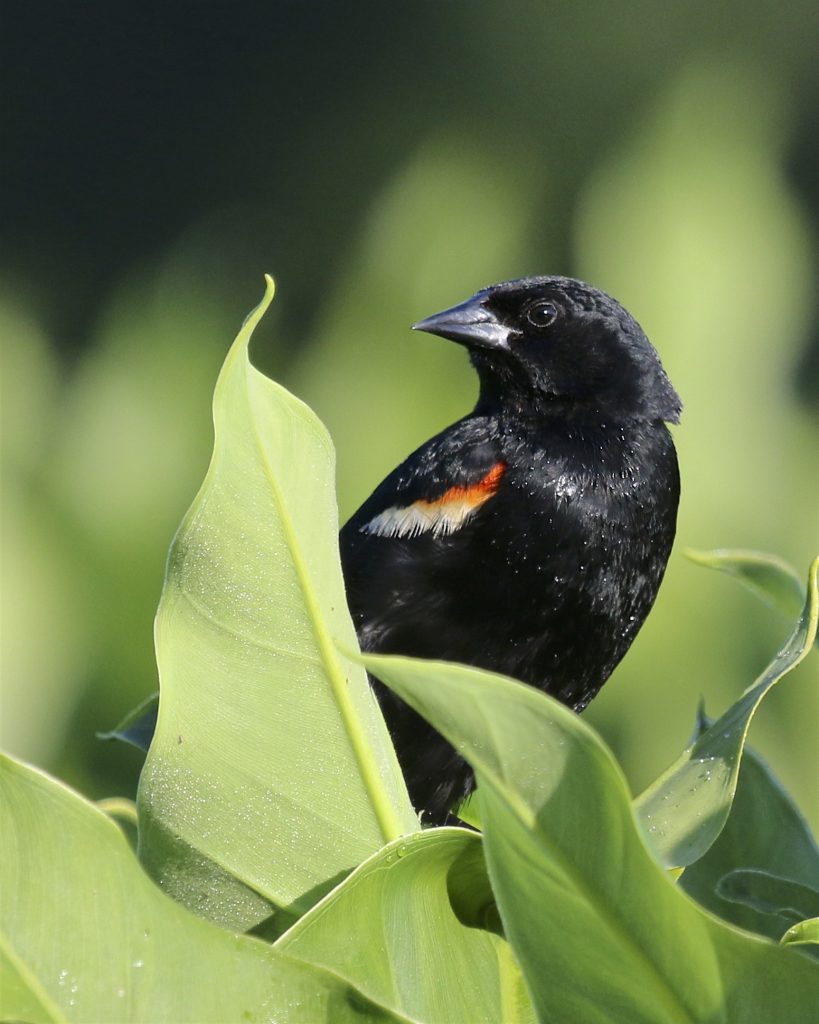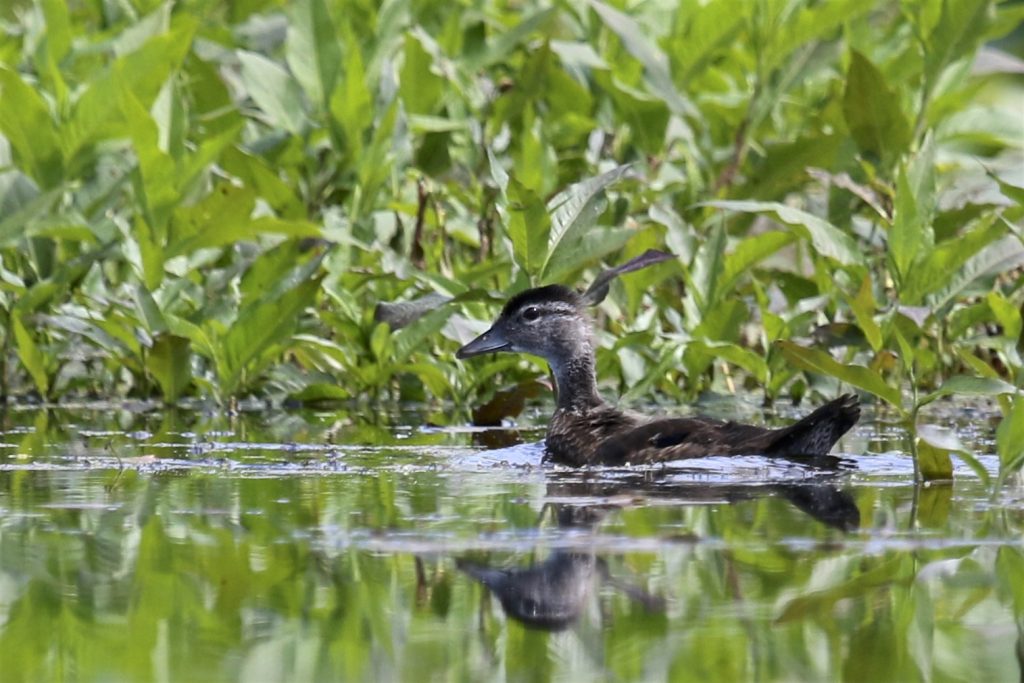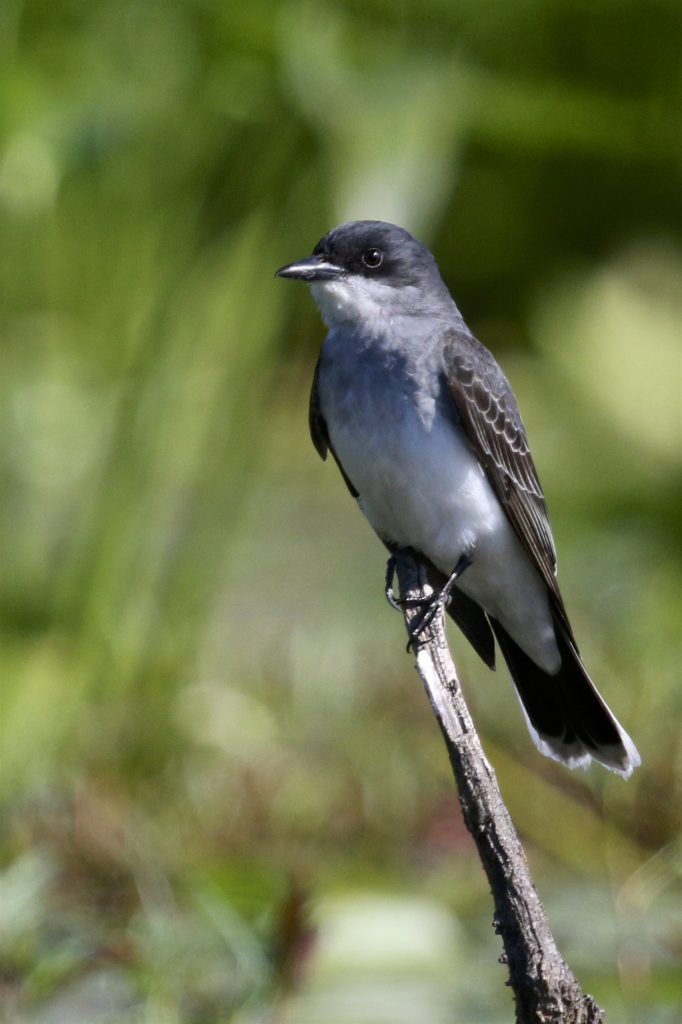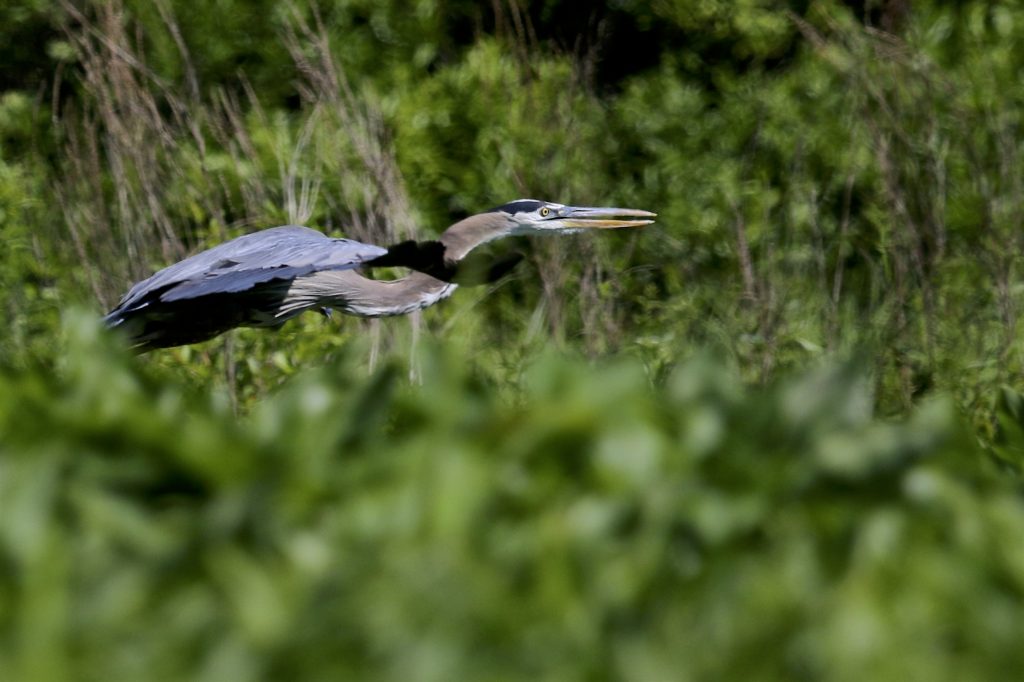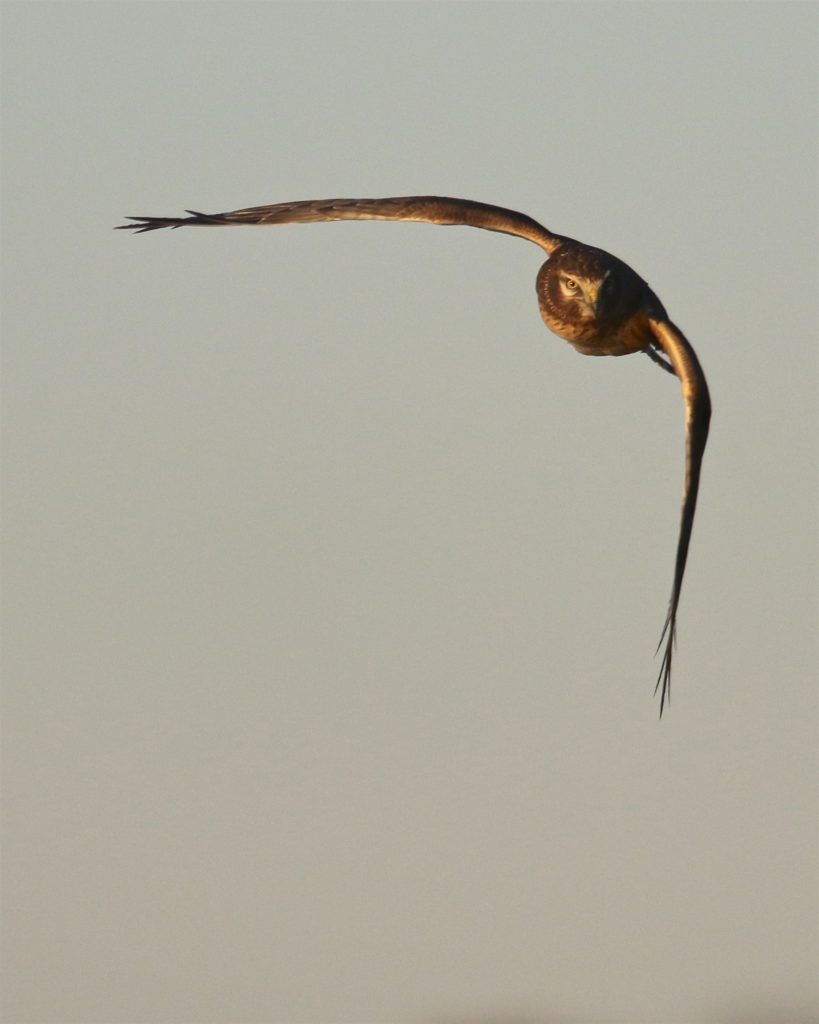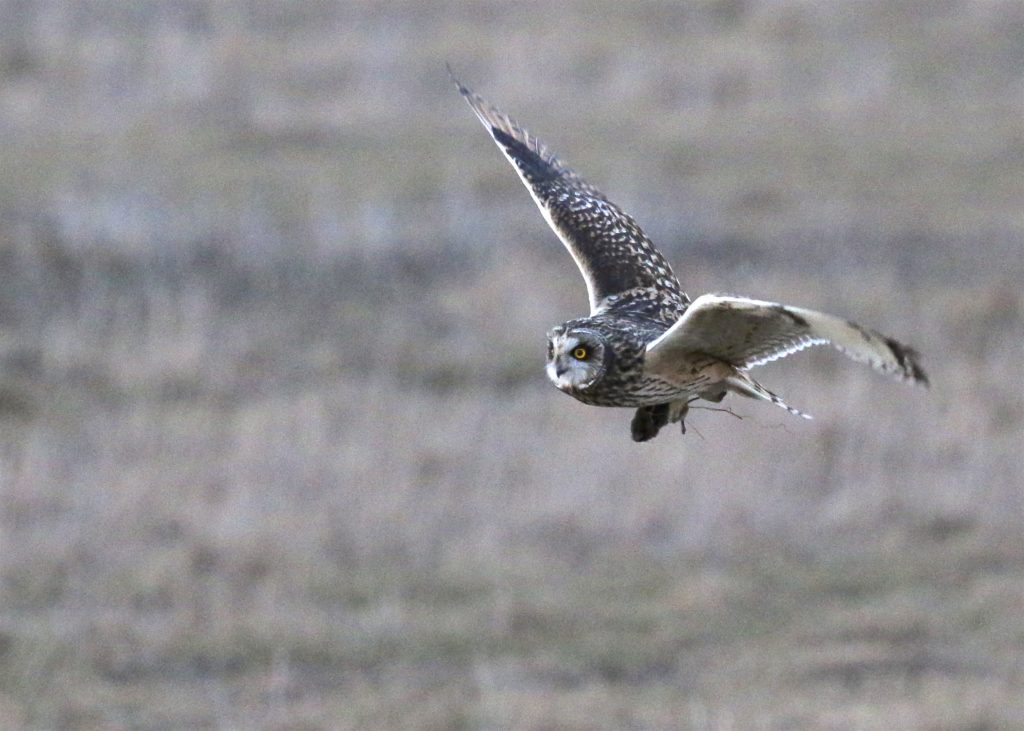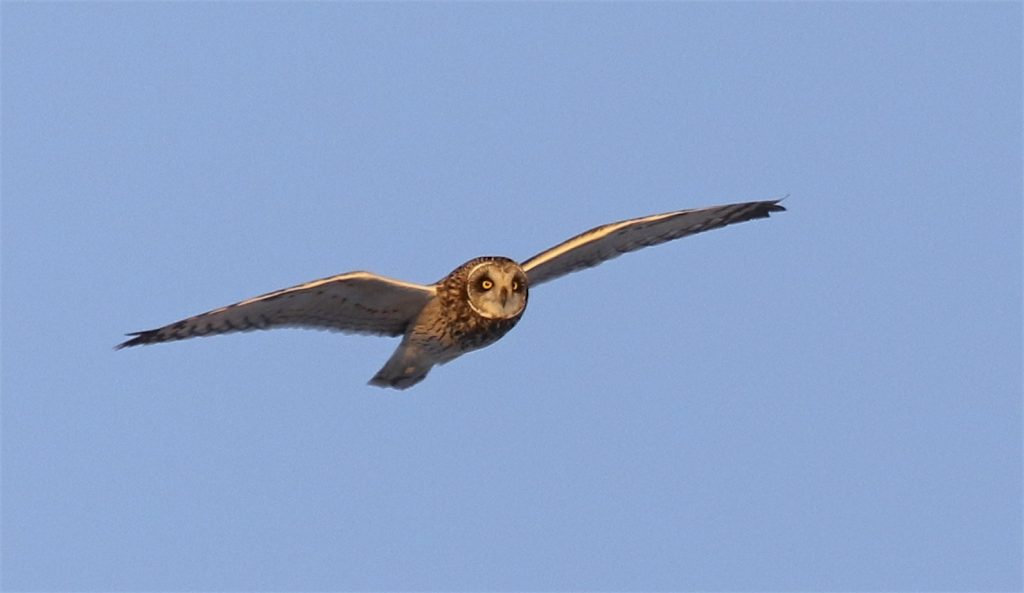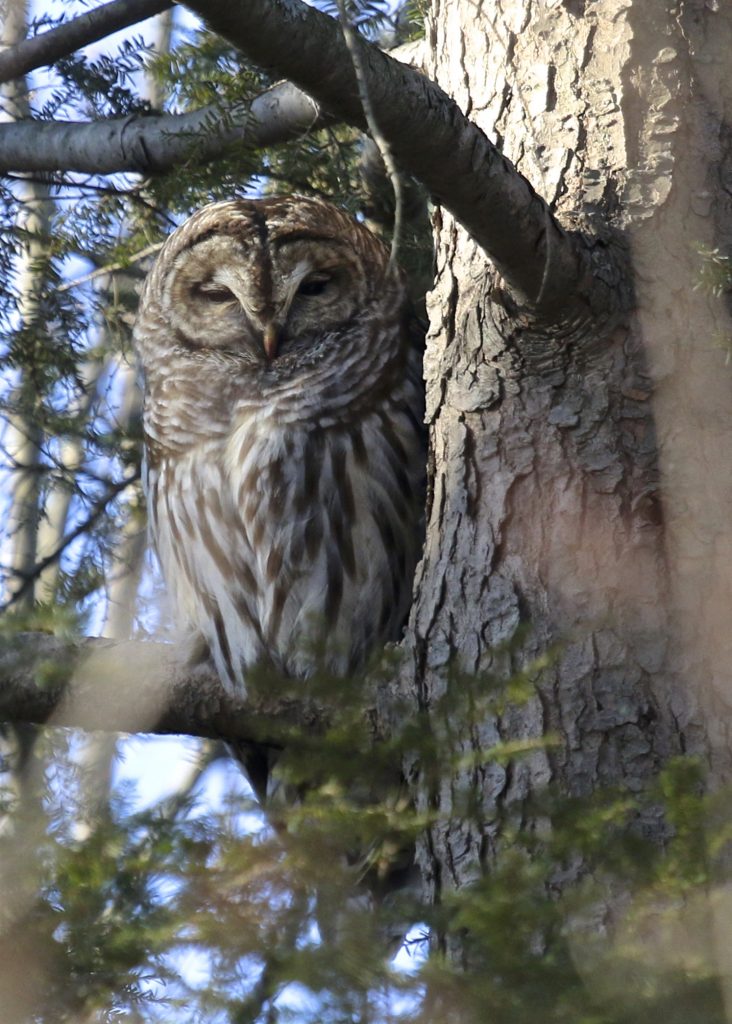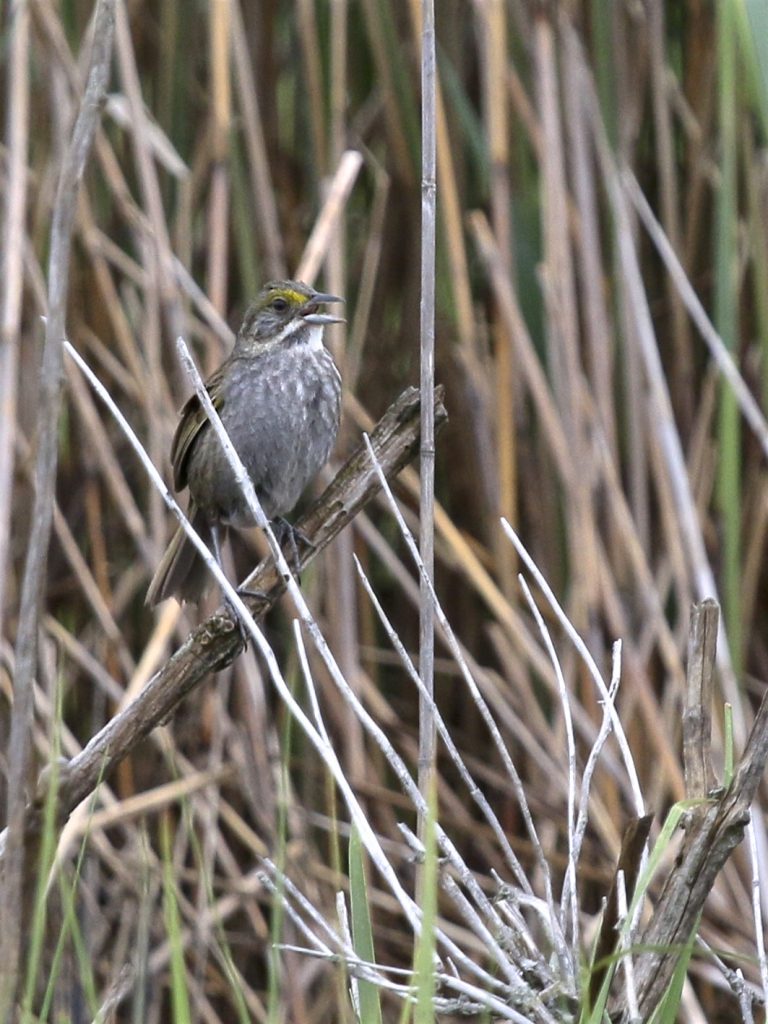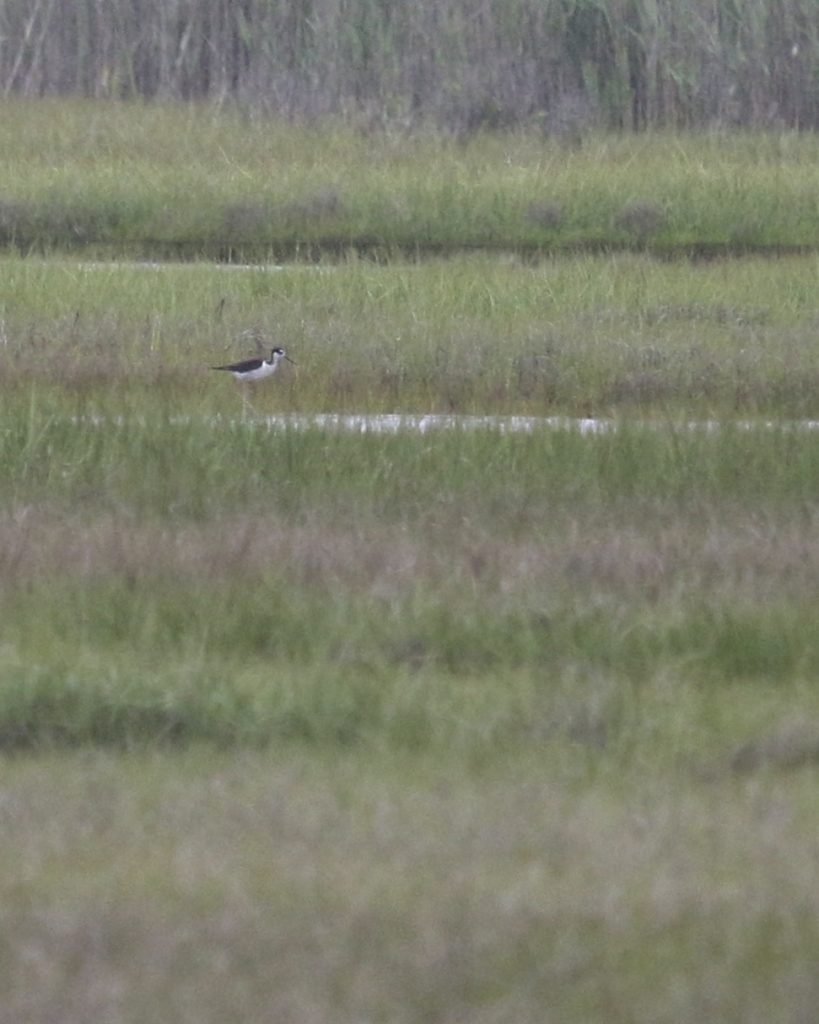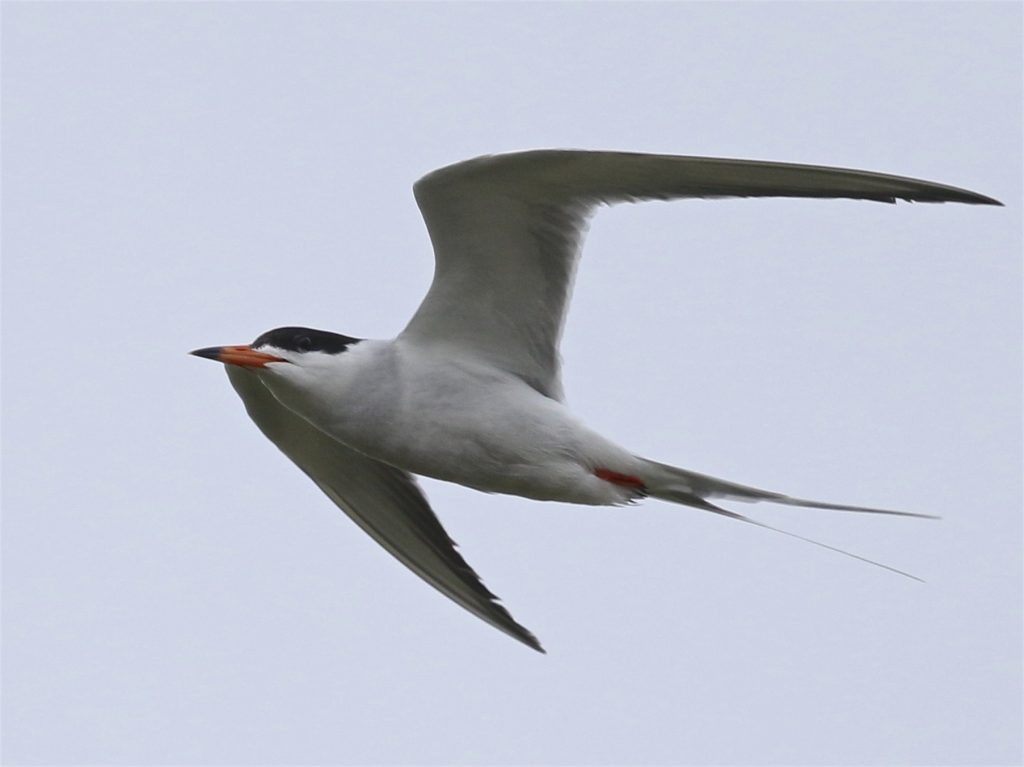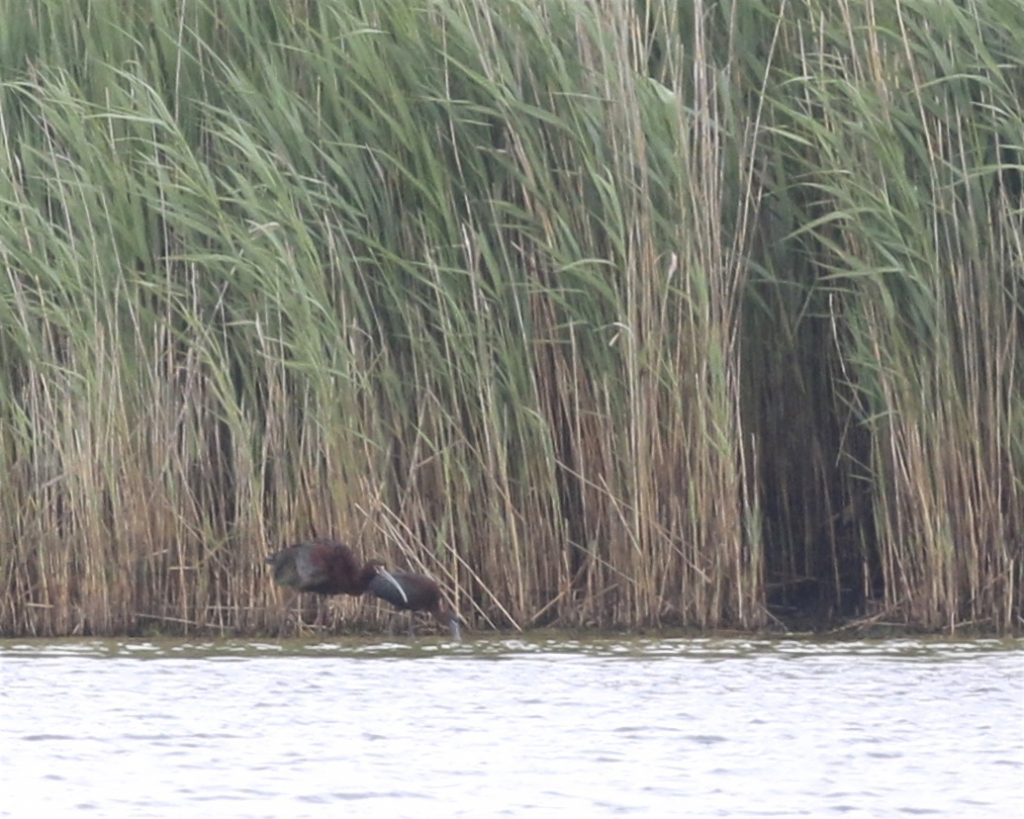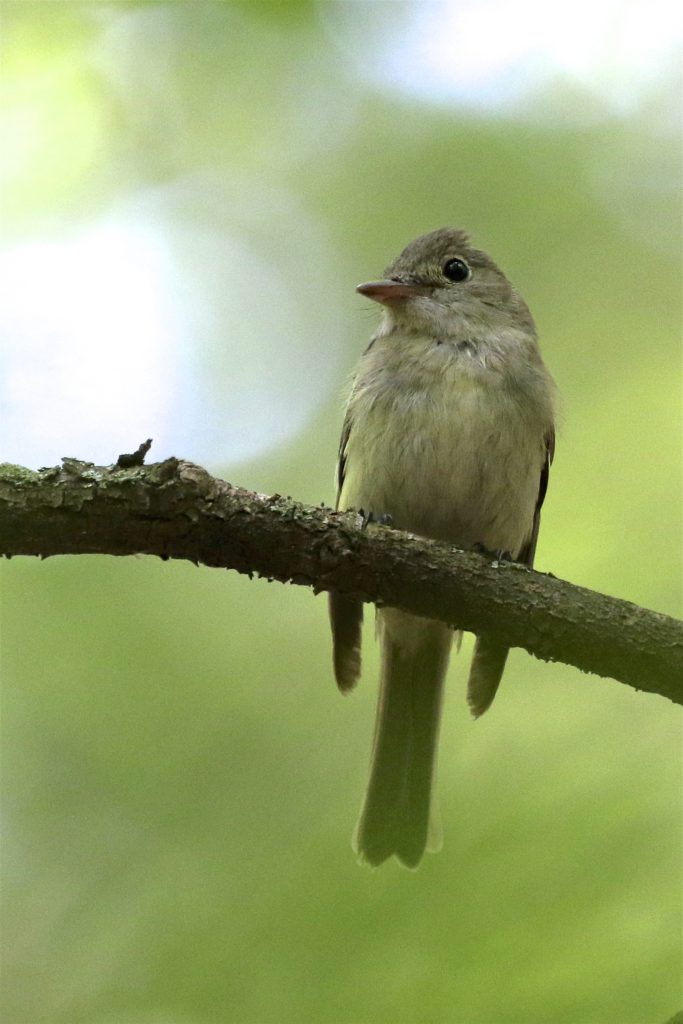
I woke up reasonably early and planned a fairly long hike to take at Sterling Forest State Park. I started at the trailhead for the Sterling Ridge Trail on Route 17A. The trail was birdy with many expected birds; the only ‘surprise’ came when I got to a power cut and I could first hear and then see a couple of Prairie Warblers.
After about two miles, I left the Sterling Ridge Trail (I would hook up with it again later), and I took the Bare Rock Trail for a short time before heading south on the West Valley Trail. I chose the West Valley Trail because it ran through a swampy area that runs along Jennings Creek. I was hoping this change of habitat would add some species to my list and it certainly did – I got my best bird of the day there, a calling ACADIAN FLYCATCHER just a couple hundred yards from the swamp. At the swamp I added more birds: Eastern Phoebes, Common Grackles, Tree Swallows, Red-winged Blackbirds, and a beautiful family of Wood Ducks.
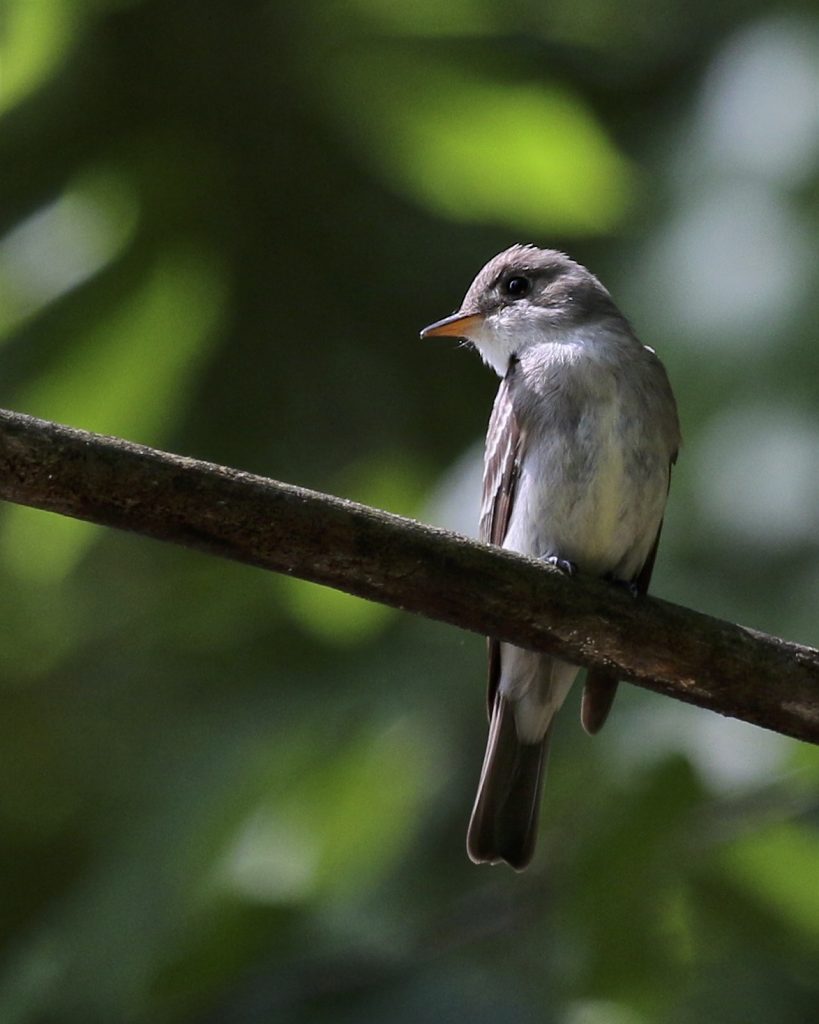
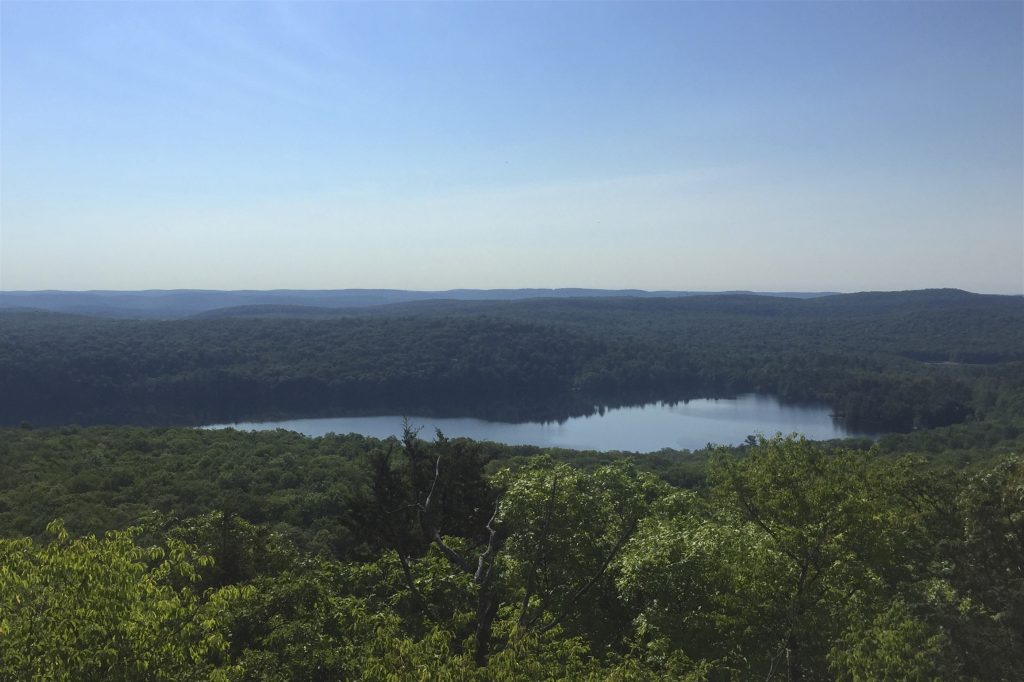
Just beyond the swamp, I jumped onto the Furnace Loop, which would eventually put me back onto the Sterling Ridge Trail. On the Furnace Loop I did well, getting good looks at several Hooded Warblers and a Worm-eating Warbler. Hooded Warblers remain my current photo-nemesis bird, and the Worm-eating made such a brief appearance that I didn’t have a chance. In the same area, I did manage to get a usable photo of a Black-and-white Warbler, so that was a decent consolation.
Shortly after I joined back up with the Sterling Ridge Trail, there was a fairly steep ascent which I scrambled up. Thats when I realized that the temperatures were rising and I was running out of water. AND that I was whooped. As I walked the portion of the Sterling Ridge Trail that I hadn’t previously been on, I was still actively birding even though in the heat the birds were more quiet than they had been all morning. Once I got back to where I had left the trail several hours earlier, I was in full zombie-hiker mode; one foot in front of the other, just determined to get back to my car. I drank the last of my water when I had maybe a mile left, fortunately I had more in the car which I guzzled upon arrival.
It was nice long hike (even if I was a little under prepared – bring more water, take rests!). I estimate that I hike around 8 miles or so, and it was fairly productive as I had 38 species for the morning.
